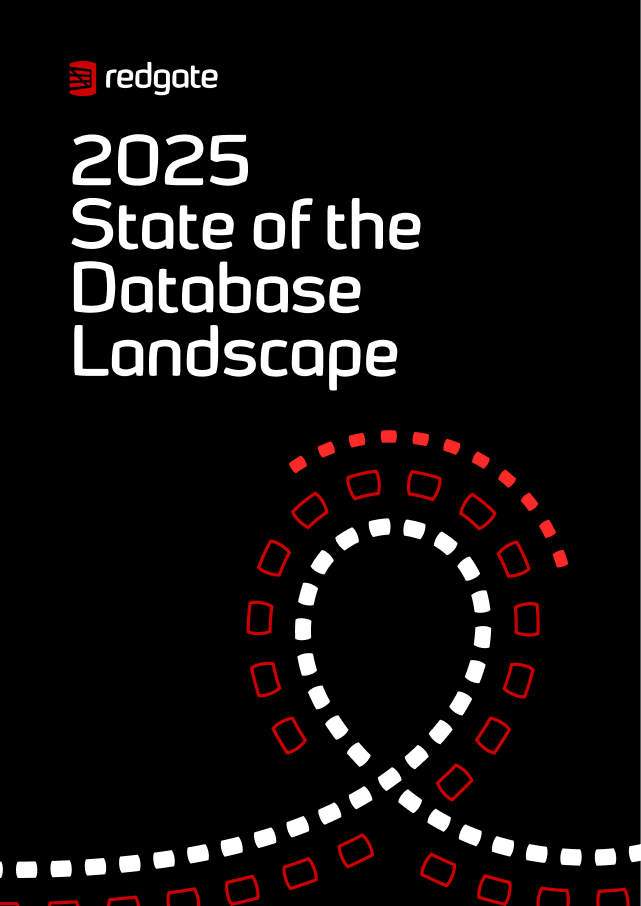Documentation
Creating a clone is a simple, 2-step process. First, we create an image, which is a full byte copy of the database, data and log files, at a given point in time. The image is held only once, in the network, and never updated. We can take the image directly from a SQL Server database or from a database backup. In the next step, we can create multiple clones from this image, where each clone is an isolated, copy of the database, megabytes in size.

A detailed description of the SQL Clone installation and setup process is provided by in the Installation section of the documentation, and is also summarized in our Getting Started guide. Figure 2 shows the basic architecture and components we need to have in place to get started.

During installation you'll need to specify:
SQLClone_Config)This done, the SQL Clone Server web client (http://SQLCloneServerName.DomainName:14145/) will open automatically and you'll need to authenticate using your normal Windows credentials. It's a web application so anyone with the URL can use SQL Clone, just by authenticating with their Windows credentials. You can set up role-based permissions to control access.
To start creating images and clones, you'll also need access to a Windows network share location, for storing the images. The Clone Agent will need read and write access to this location. Each clone will access the data from this image, in response to any queries. A clone only stores locally any data that you modify in the clone. Therefore, it might be beneficial to choose a high-speed, high-bandwidth network location for the image. This is a factor to consider if, for example, you are performing load or performance testing using a Clone.

New report
The report sheds light on the current state of database management with industry insights.

Free book
From getting your first instance, to server configurations, we cover the PostgreSQL basics.